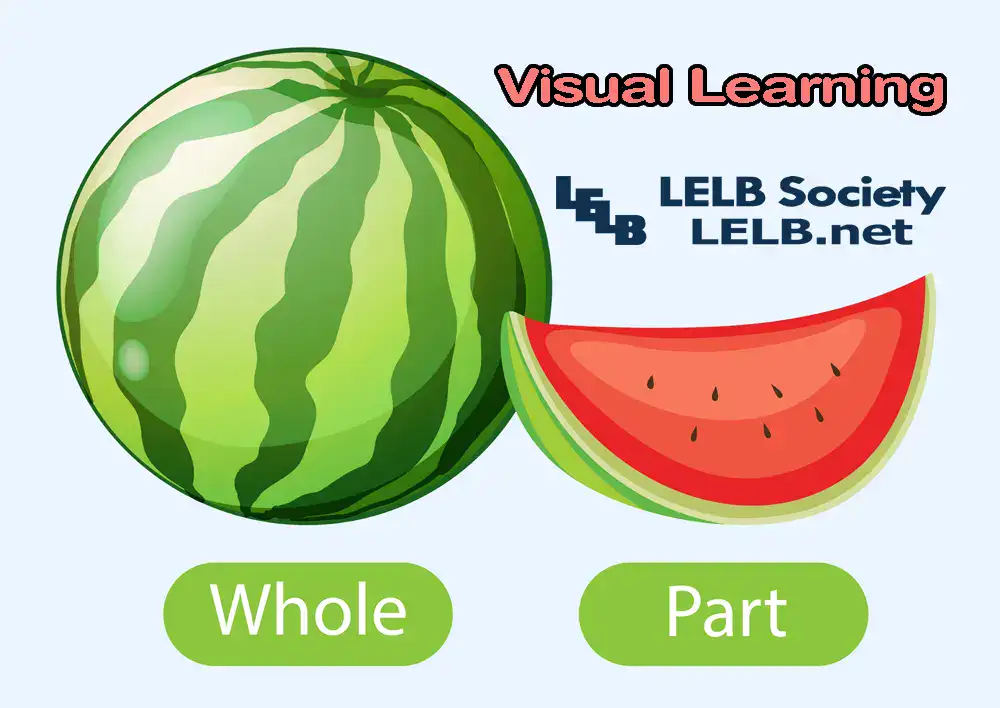Attention
Attention is viewed as a mainly conscious process involving working memory (Ellis, 2008). Suchert (2004) defines attention as “A process in which biological mechanisms interact when goal-directed behaviours and stimulus-driven responses converge in action (p. 144).
Schmidt (1990, 1993, 1994) has argued that attention is essential to learning; that is, there is no learning without attention. While this strong claim is disputed (Gass, 1997; Schachter, 1998), it is widely accepted that selective attention plays a major role in learning. Schmidt (1998, 2001) has modified his strong stance and acknowledges that learning may occur without learners being aware of learning, but he also claims that such learning does not play a significant role in the larger picture of second language learning. It is through interaction (e.g. negotiation, recasts) that a learner’s attention is focused on a specific part of the language, specifically on those mismatches between target language forms and learner-language forms.
One of the three principles of ‘information-processing theory’, the two other principles are ‘perception’ and ‘memory’. According to Klatzky (1980), attention should be seen as a process of filtering out an overwhelming range of incoming stimuli and selecting out only those stimuli which are important for further processing. Best (1986) maintains that attention is a cognitive resource which can be drawn upon as a means of concentrating our mental efforts. This resource will be needed most when a learning task is new or when it is just beyond the present capabilities of the learner.
As Robinson (1997) has put it, “The role of attention and consciously accessed memory for what has been learned are therefore key factors distinguishing Krashen’s (1981, etc.) dual-system hypothesis and Schmidt’s counter proposal, the “noticing” hypothesis” (p. 5).
Long (1990) maintains, “Some aspects of an L2 require awareness and/or attention to language form—implicit learning is not sufficient for successful SLA and focus on form improves rate and ultimate L2 attainment” (p. 7).
Among the three functions of attention, detection is most similar to what Schmidt (1990) termed noticing. Detection is responsible for encoding in memory, and therefore is the attentional level at which Tomlin and Villa (1994) claimed learning must begin. However, Tomlin and Villa (1994) pointed out that detection does not necessarily imply awareness. Schmidt (1990) has argued that noticing the form of input i.e. attentional allocation leading to detection and rehearsal in short-term memory is a necessary stage in L2 learning.
Attention (Tomlin & Villa, 1994):
Drawing on the work of Posner and Peterson (1990), Tomlin and Villa (1994) presented a very different view of the role of attention in L2 acquisition. They distinguished three different attentional processes:
- Alertness, which involves a general readiness to deal with incoming stimuli and is closely related to the learner’s affective/motivational state.
- Orientation, which entails the aligning of attention on some specific type of sensory information at the expense of others.
- Detection when a cognitive registration of a sensory stimulus takes place.
Tomlin and Villa (1994) then made two famous claims:
- Detection can take place without alertness and orientation. In other words, learners can register an input feature even when they are not in an ideal state to attend and their attention is not focused on the feature in question.
- All three attentional processes can occur without awareness. They commented, “awareness requires attention, but attention does not require awareness”.


